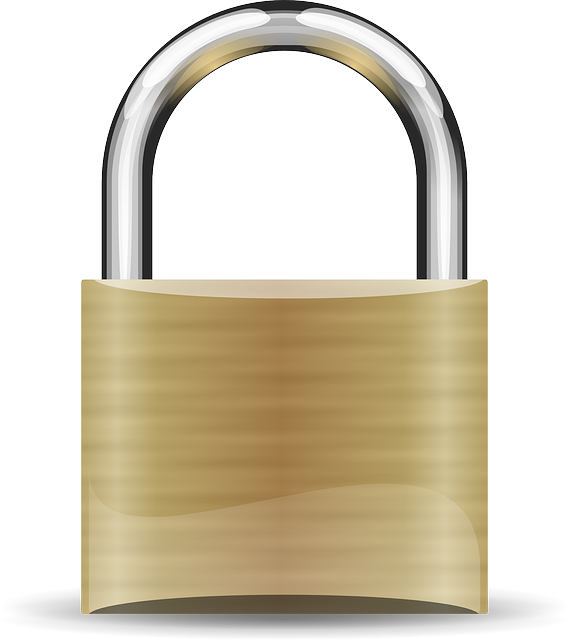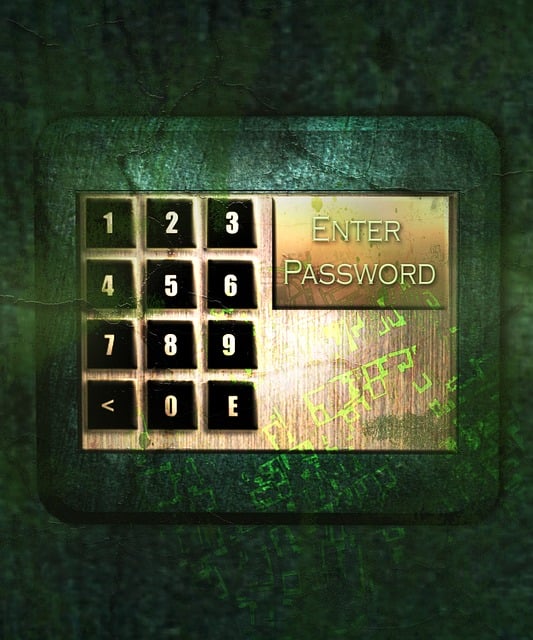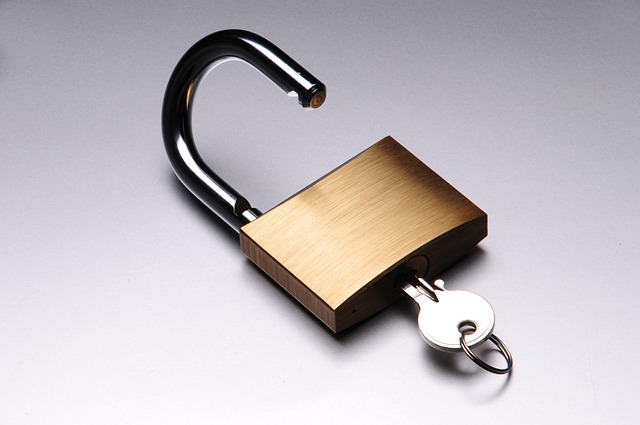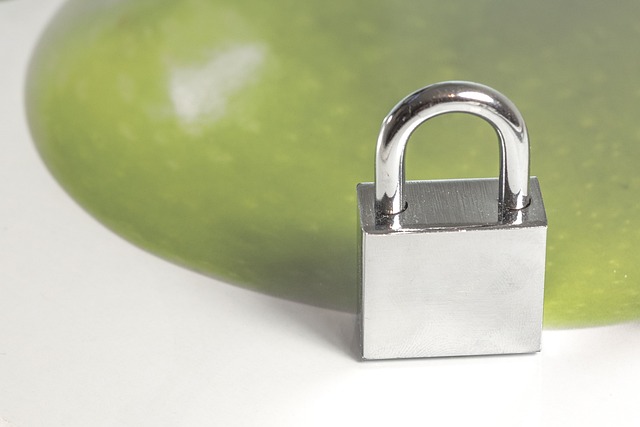Off-campus student housing safety is paramount for a secure and stress-free living experience. To find secure rentals, observe neighborhood dynamics, check emergency service accessibility, and assess property security features like well-lit streets and active community watch programs. Look for locked front doors, adequate lighting, and smoke/carbon monoxide detectors. Students should also be vigilant, know local emergency procedures, and maintain mindfulness of their surroundings. Before moving in, familiarize yourself with local emergency protocols via dedicated apps or websites, and create an emergency kit tailored to your housing situation. Regular updates ensure preparedness for unexpected situations, enhancing both security and peace of mind.
As students head off to college, choosing an off-campus rental can be exciting yet daunting. With a focus on student housing safety, this comprehensive guide equips you with the knowledge to navigate off campus security successfully. From understanding your surroundings and identifying secure spaces to implementing basic security measures and preparing for emergencies, we’ve compiled essential housing security tips to ensure a safe and stress-free college experience. Discover how to transform your rental into a safe student apartment that prioritizes your well-being.
- Understanding Your Surroundings: A Student's Guide to Neighborhood Safety
- Choosing a Secure Space: What to Look for in Off-Campus Student Rentals
- Implementing Basic Security Measures: Protecting Yourself and Your Belongings
- Staying Informed and Prepared: Emergency Preparedness for College Students
Understanding Your Surroundings: A Student's Guide to Neighborhood Safety

Moving to an off-campus rental can be exciting for students, offering independence and a chance to explore new surroundings. However, understanding your neighborhood is crucial for ensuring student housing safety. Before signing any lease, take time to familiarize yourself with the area. Observe traffic patterns, note nearby emergency services, and assess the general vibe of the neighborhood. Look out for well-lit streets, active community watch programs, and secure entry points in potential student rentals.
A student safety guide isn’t complete without considering practical housing security tips. Research if the property has working smoke and carbon monoxide detectors, a secure front door lock, and adequate lighting around the building and common areas. Check if there’s a nearby police or fire station, and familiarize yourself with local emergency procedures. Additionally, stay alert and be aware of your surroundings at all times, especially when walking alone or returning home late.
Choosing a Secure Space: What to Look for in Off-Campus Student Rentals

When hunting for off-campus student rentals, prioritizing safety should be at the forefront of your mind. The right property can significantly enhance your overall living experience by providing a secure and peaceful environment conducive to study and leisure.
While touring potential apartments, look out for key security features such as well-lit common areas and entryways, secure front doors with robust locks or key cards, and functioning security cameras. A safe building also typically includes on-site management, regular maintenance checks, and a clear fire safety plan in place. Additionally, check if the rental offers individual unit security like deadbolt locks, smoke detectors, and carbon monoxide alarms, ensuring your personal space remains private and protected.
Implementing Basic Security Measures: Protecting Yourself and Your Belongings

Staying Informed and Prepared: Emergency Preparedness for College Students

Staying Informed and Prepared: Emergency Preparedness for College Students
Before moving into an off-campus rental, students should familiarize themselves with local emergency procedures. This includes understanding evacuation routes, meeting points, and communication protocols in case of a natural disaster or other emergencies. Many communities have specific apps or websites dedicated to alerting residents about potential hazards like floods, wildfires, or severe weather. Students should download these resources and set alerts to stay up-to-date.
Additionally, students should create an emergency kit tailored to their housing situation. This could include basic supplies like flashlights, batteries, non-perishable food, water, and first aid kits. For those living in areas prone to specific dangers, such as earthquakes or hurricanes, the kit might also contain items like a whistle for signaling help, plastic sheeting for shelter, and local maps. Regularly updating and checking this kit ensures students are prepared for any unexpected situations that may arise while living in off-campus student housing.
